1)Ranković, Branislav. “Lichen secondary metabolites.”
Cham: Springer International Publishing (2015).
2)Paliya, B. S., et al. “The genus Usnea: a potent phytomedicine with multifarious ethnobotany, phytochemistry and pharmacology.” RSC advances 6.26 (2016): 21672-21696.
3)Kaushal, Kumar, and D. K. Upreti. “Parmelia spp.(lichens) in ancient medicinal plant lore of India.” Economic Botany 55.3 (2001): 458..
4)Clark, B. “The quintessence tantras of Tibetan medicine, Ithaca.” NY: Snow Lion Publications (1995).
5)Lee, Eun-Bang, Hye-Sook YunChoi, and Won-Sick Woo. “Plants and animals used for fertility regulation in Korea.” Korean Journal of Pharmacognosy 8.2 (1977): 81-88.
6)Lebot, Vincent, Mark Merlin, and Lamont Lindstrom. Kava: The Pacific elixir: The definitive guide to its ethnobotany, history, and chemistry. Inner Traditions/Bear & Co, 1997.
7)PERRY, Nigel B., et al. Antimicrobial, antiviral and cytotoxic activity of New Zealand lichens. The Lichenologist, 1999, 31.6: 627-636.
8)Guo, L., et al. “J. Envi ron. Sci.” Health 26 (2008): 317-338.
9)Ivanov, I., I. I. Landzhev, and G. K. Neshev. “Herbs in Bulgaria and their use.” (1971).
10)Luzina, Olga A., and Nariman F. Salakhutdinov. “Usnic acid and its derivatives for pharmaceutical use: a patent review (2000–2017).” Expert opinion on therapeutic patents 28.6 (2018): 477-491.
11)Zhu, Jiali, et al. “Studies on the regulation of lipid metabolism and the mechanism of the aqueous and ethanol extracts of Usnea.” Biomedicine & Pharmacotherapy 94 (2017): 930-936.
12)Zhao, Xiaoqin, et al. “U. diffracta extract mitigates high fat diet and VD3-induced atherosclerosis and biochemical changes in the serum liver and aorta of rats.” Biomedicine & Pharmacotherapy 120 (2019): 109446.
13)Studzińska, Sroka E., et al. “Permeability of lichen compounds through the blood brain barrier as an important argument for their potential neuroprotective action.” Planta Medica 85.18 (2019): P-358.
14)Yamamoto, Yoshikazu. “Usnic acid and diffractaic acid as analgesic and antipyretic components of Usnea diffracta.” Planta Medica 61 (1995): 113115.
15)Tao, Han, et al. “Research on the effects of different usage of Usnea diffracta on relieving cough and expelling phlegm and anti-inflammatory.” Journal of Gansu College of Traditional Chinese Medicine 3 (2008).
16)Vijayakumar, C. S., et al. “Anti-inflammatory activity of (+)-usnic acid.” Fitoterapia 71.5 (2000): 564-566.
17)Cakmak, Kader Cetin, and İlhami Gülçin. “Anticholinergic and antioxidant activities of usnic acid-An activity-structure insight.” Toxicology reports 6 (2019): 1273-1280.
18)Harris N. J. (1961), Honors Thesis, Clark University, Worcester, Massachusetts
19)Demir, Leyla, et al. “The investigation of cytogenetic and oxidative effects of diffractaic acid on human lymphocyte cultures.” Brazilian Archives of Biology and Technology 58.1 (2015): 75-81.
20)Odabasoglu, Fehmi, et al. “Gastroprotective and antioxidant effects of usnic acid on indomethacin-induced gastric ulcer in rats.” Journal of ethnopharmacology 103.1 (2006): 59-65.
21)Kohlhardt-Floehr, Cornelia, et al. “Prooxidant and antioxidant behaviour of usnic acid from lichens under UVB-light irradiation–Studies on human cells.” Journal of Photochemistry and Photobiology B: Biology 101.1 (2010): 97-102.
22)Suwalsky, M., et al. “An in vitro study on the antioxidant capacity of usnic acid on human erythrocytes and molecular models of its membrane.” Biochimica et Biophysica Acta (BBA)-Biomembranes 1848.11 (2015): 2829-2838.
23)Xu, Hong-Bo, et al. “Pheophytin analogues from the medicinal lichen Usnea diffracta.” Natural product research 32.9 (2018): 1088-1094.
24)Dincsoy, Adnan Berk, and Demet Cansaran Duman. “Changes in apoptosis-related gene expression profiles in cancer cell lines exposed to usnic acid lichen secondary metabolite.” Turkish Journal of Biology 41.3 (2017): 484-493.
25)Singh, Narendra, et al. “Usnic acid inhibits growth and induces cell cycle arrest and apoptosis in human lung carcinoma A549 cells.” Nutrition and cancer 65.sup1 (2013): 36-43.
26)Einarsdóttir, Eydis, et al. “Cellular mechanisms of the anticancer effects of the lichen compound usnic acid.” Planta medica 76.10 (2010): 969-974.
27)Odabasoglu, Fehmi, et al. “Diffractaic acid, a novel proapoptotic agent, induces with olive oil both apoptosis and antioxidative systems in Ti-implanted rabbits.” European journal of pharmacology 674.2-3 (2012): 171-178.
28)Karagoz, I., et al. “In vivo antitumoral effect of diffractaic acid from lichen metabolites on Swiss albino mice with ehrlich ascites carcinoma: an experimental study.” (2014).
29)Williams, David E., et al. “Ambewelamides A and B, antineoplastic epidithiapiperazinediones isolated from the lichen Usnea sp.” Tetrahedron letters 39.52 (1998): 9579-9582.
30)YAMAMOTO, Yoshikazu, et al. “Screening of tissue cultures and thalli of lichens and some of their active constituents for inhibition of tumor promoter-induced Epstein-Barr virus activation.” Chemical and Pharmaceutical Bulletin 43.8 (1995): 1388-1390.
31)Ingolfsdottir, K. “Usnic acid.” Phytochemistry 61.7 (2002): 729-736.
32)Scirpa, P., et al. “A zinc sulfate and usnic acid preparation used as post-surgical adjuvant therapy in genital lesions by Human Papillomavirus.” Minerva ginecologica 51.6 (1999): 255-260.
33)Qi, Huan Yang, Yuan Peng Jin, and Yan Ping Shi. “A new depsidone from Usnea diffracta.” Chinese Chemical Letters 20.2 (2009): 187-189.
34)GACHA, DAYANNA CABRA, et al. “ANTIFUNGAL ACTIVITY OF USNEA VARIETIES.” Asian J Pharm Clin Res 13.10 (2020): 171-174.
35)Wu, J., et al. “Effect of Cladonia alpestris on Trichomonas vaginalis in vitro.” Zhongguo ji sheng chong xue yu ji sheng chong bing za zhi= Chinese journal of parasitology & parasitic diseases 13.2 (1995): 126-129.
36)Fournet, Alain, et al. “Activity of compounds isolated from Chilean lichens against experimental cutaneous leishmaniasis.” Comparative Biochemistry and Physiology Part C: Pharmacology, Toxicology and Endocrinology 116.1 (1997): 51-54.
37)Yildirim, Erol, et al. “Insecticidal effect of Usnea longissima (Parmeliaceae) extract against Sitophilus granarius (Coleoptera: Curculionidae).” International Journal of Agriculture and Biology 14.2 (2012).
38)Cetin, Huseyin, et al. “Insecticidal activity of major lichen compounds,(−)-and (+)-usnic acid, against the larvae of house mosquito, Culex pipiens L.” Parasitology research 102.6 (2008): 1277-1279.
39)Shibamoto, T., and C‐L. Wei. “Mutagenicity of lichen constituents.” Environmental mutagenesis 6.5 (1984): 757-762.
40)Romagni, J. G., Meazza, G., Nanayakkara, N. D., & Dayan, F. E. (2000). The phytotoxic lichen metabolite, usnic acid, is a potent inhibitor of plant p-hydroxyphenylpyruvate dioxygenase. FEBS letters, 480(2-3), 301-305.
41)Pramyothin, Pornpen, et al. “Hepatotoxic effect of (+) usnic acid from Usnea siamensis Wainio in rats, isolated rat hepatocytes and isolated rat liver mitochondria.” Journal of ethnopharmacology 90.2-3 (2004): 381-387.
42)Galanty, Agnieszka, Paweł Paśko, and Irma Podolak. “Enantioselective activity of usnic acid: A comprehensive review and future perspectives.” Phytochemistry Reviews 18.2 (2019): 527-548.

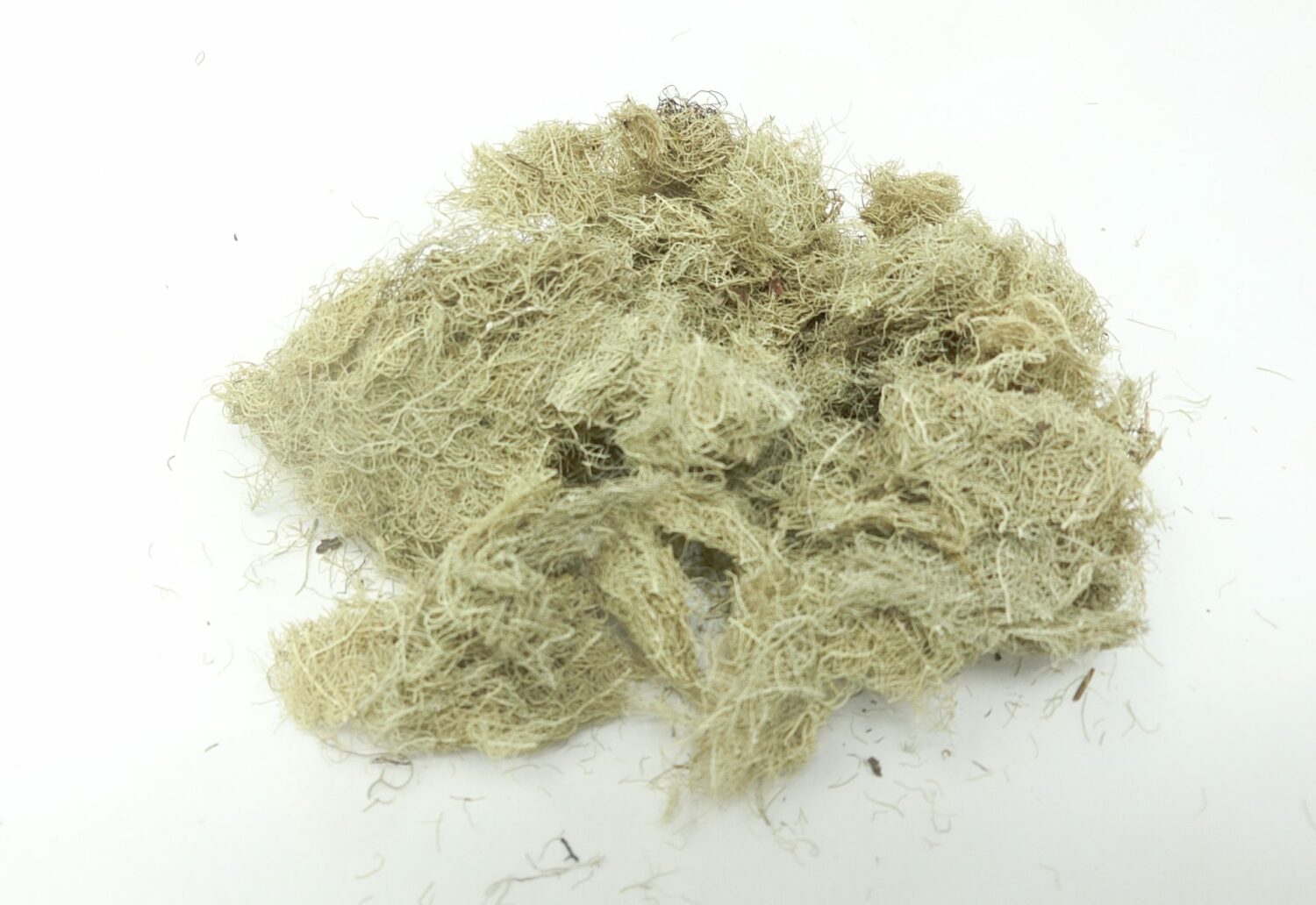
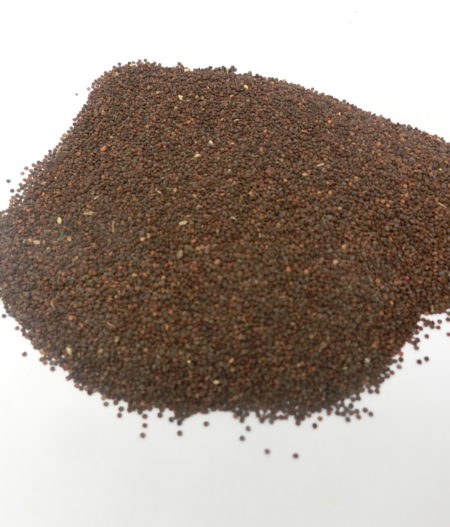
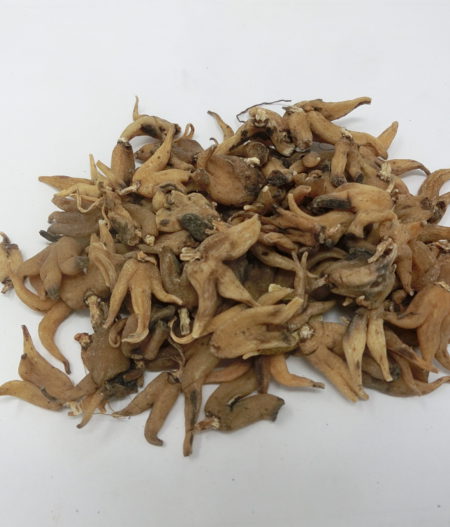
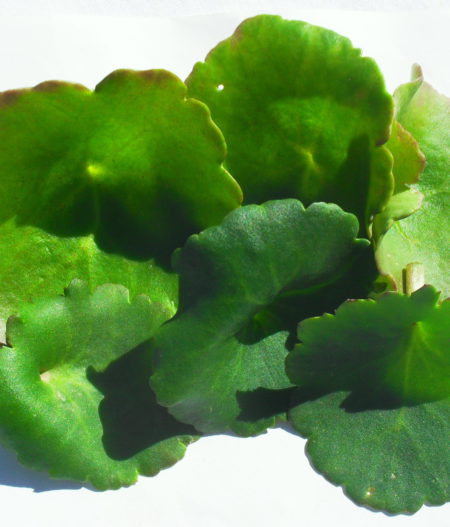
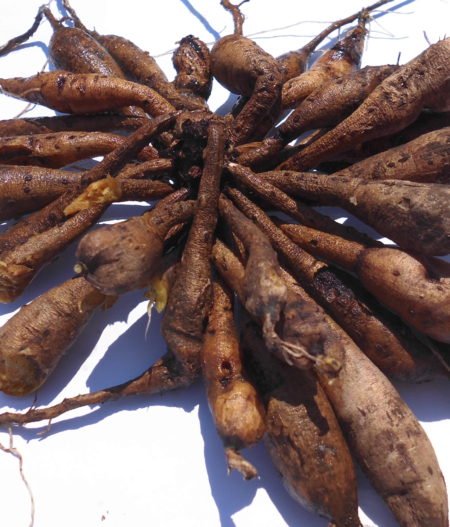
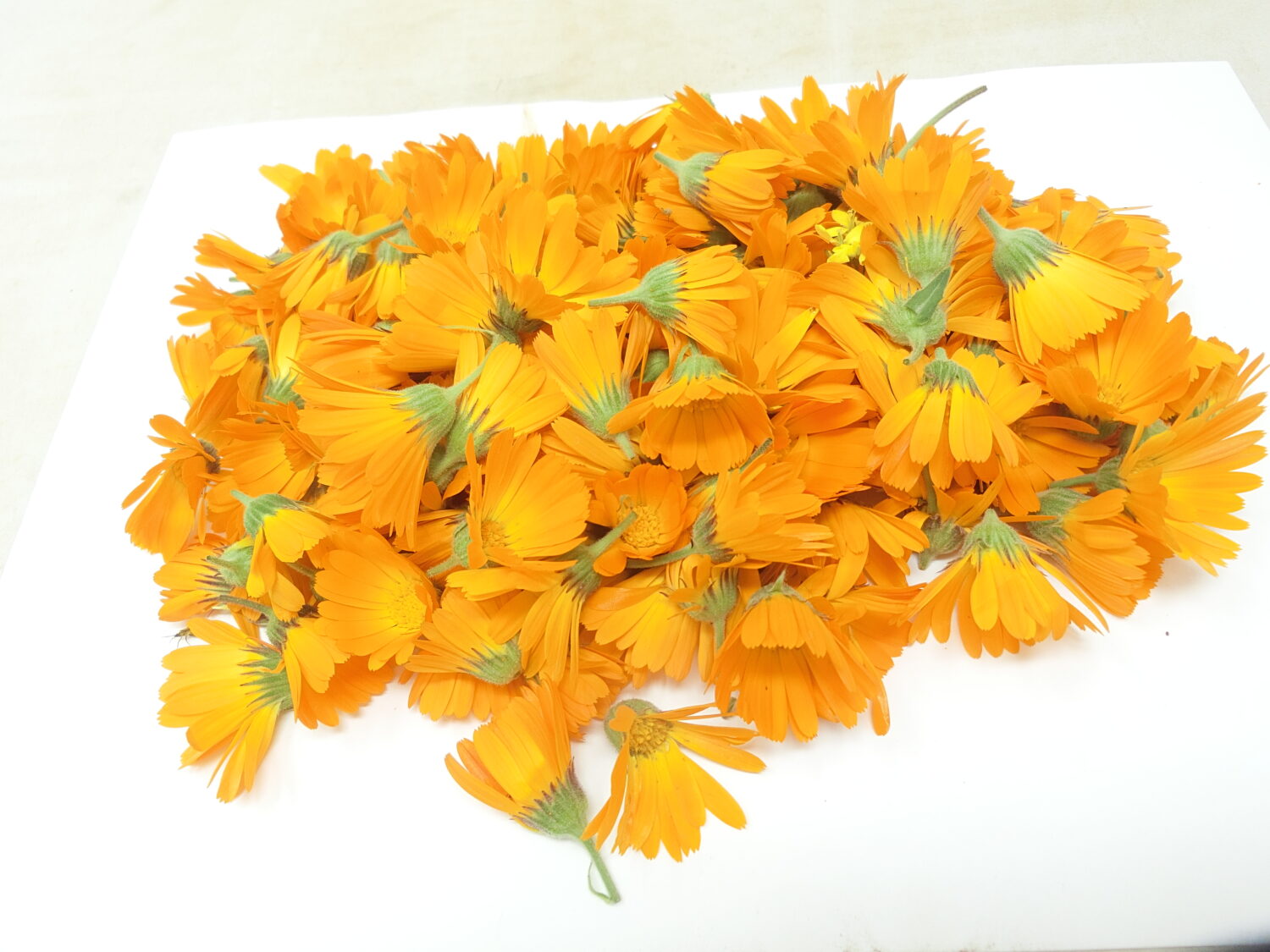
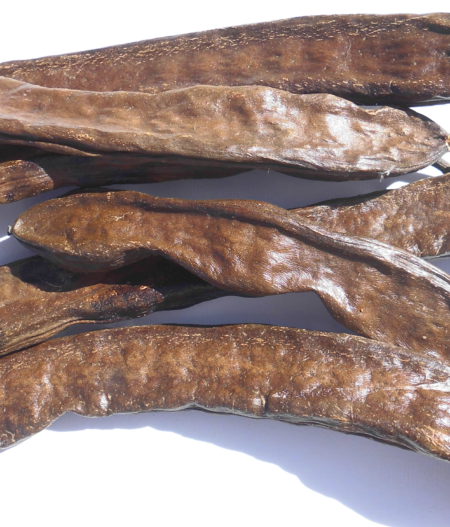
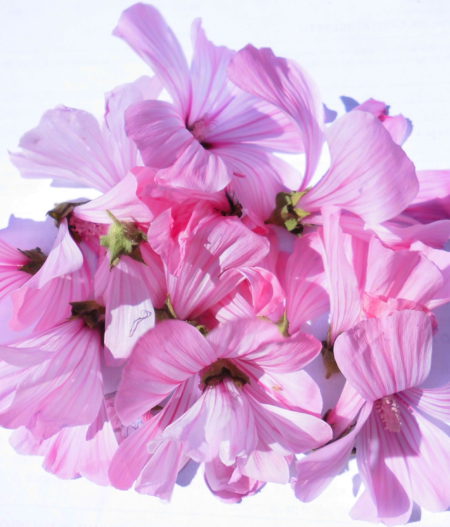
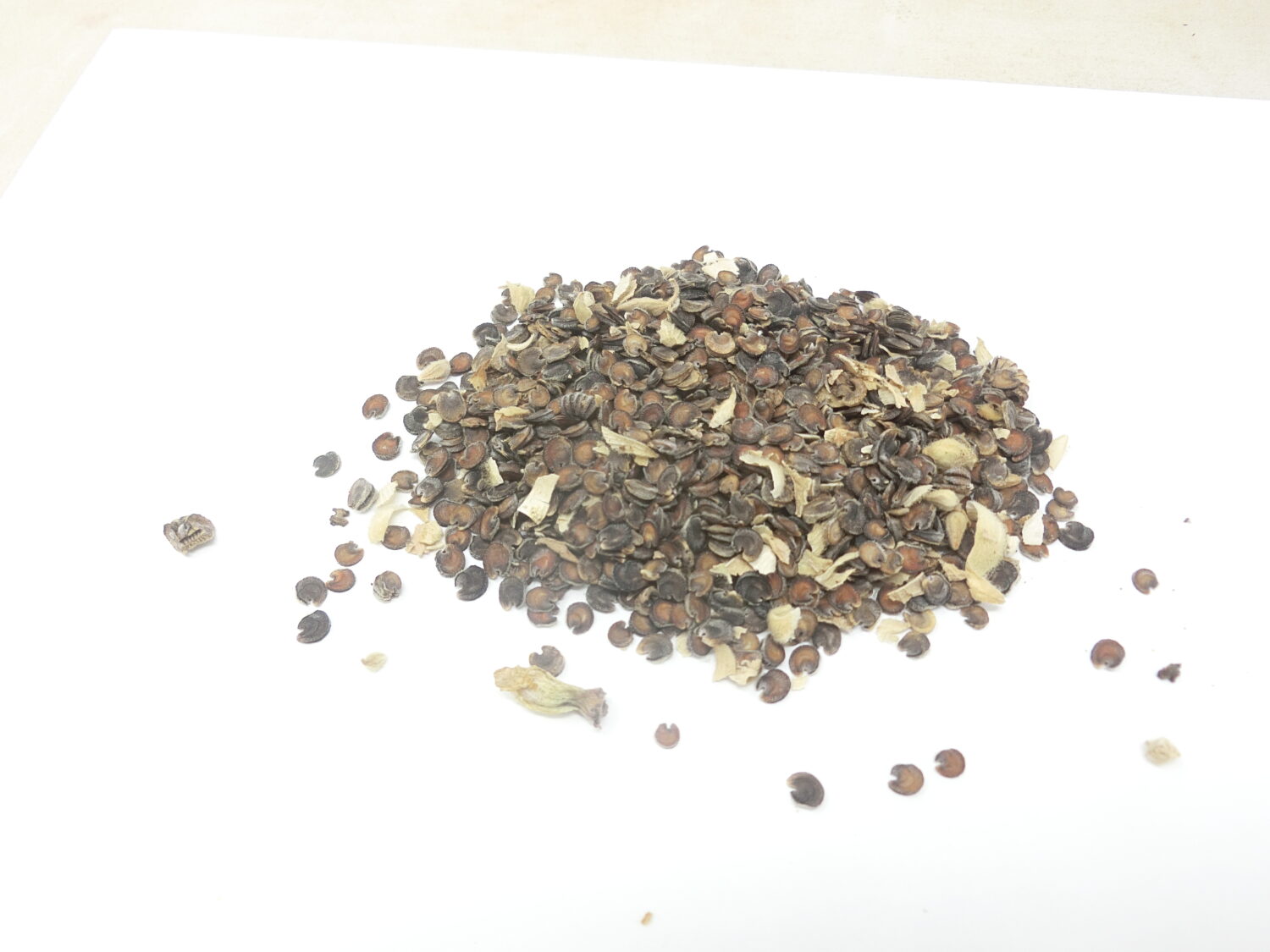
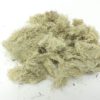
Recensioni
Ancora non ci sono recensioni.